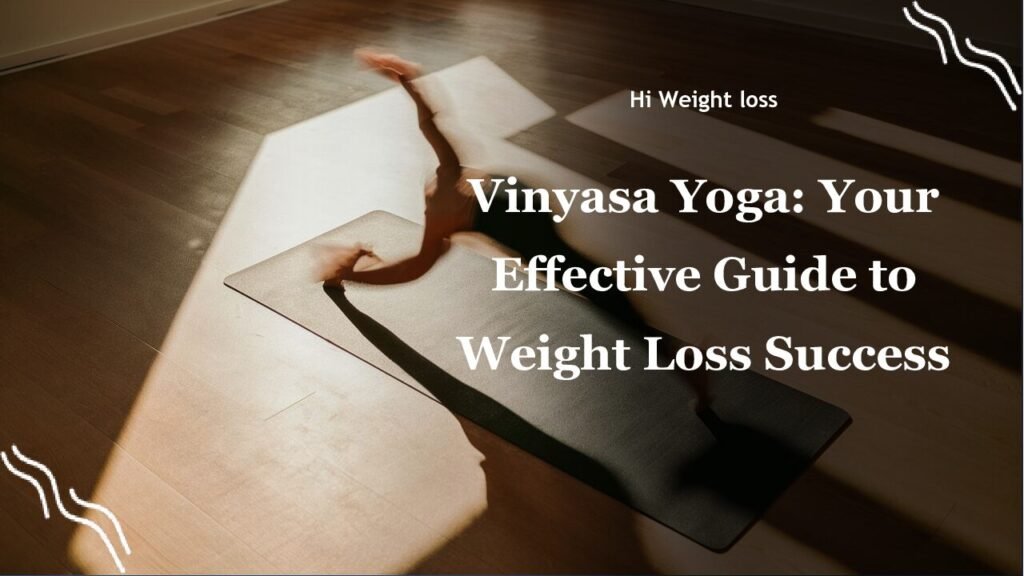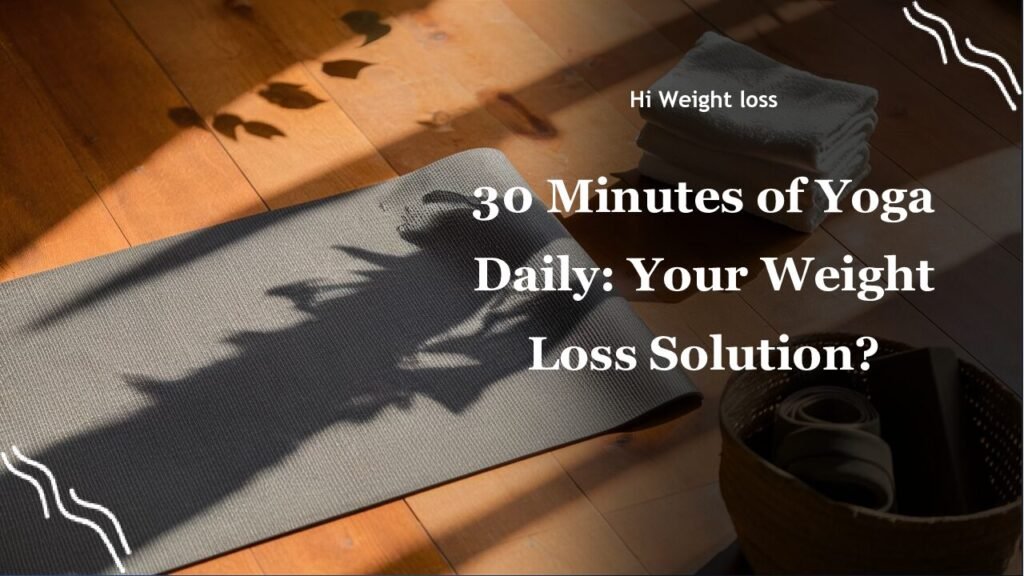“`
Struggling to fit yoga into your busy schedule and wondering *which time is best for yoga* to maximize its benefits? It’s a common dilemma. Whether you’re aiming for an energizing start or a relaxing end to your day, knowing the optimal time can significantly impact your practice. This article will explore the advantages of morning and evening yoga, helping you find the perfect time that aligns with your lifestyle and personal needs, and offer some insights from my own journey with yoga.
The Best Time for Yoga: Morning or Evening?
Morning Yoga: Energize Your Day
There’s something special about the quiet of the early morning. I remember when I first started practicing yoga; mornings felt like a secret world. I noticed that incorporating a yoga routine before the hustle and bustle of the day helped me feel more centered and prepared for whatever challenges came my way.
Many find that practicing yoga in the morning is an excellent way to kickstart their day. Morning yoga can help energize the body and set a positive tone for the day. It is a great way to relieve aches, pain, and stiffness that may have accumulated overnight. According to calm.com, morning practice can also boost your metabolism and help maintain healthy sugar levels. It is a time when your mind is often more peaceful and clear, allowing for better focus during your practice.
Think of it as a way to “wake up” your body and mind gently. The benefits extend beyond the mat, as good digestion is also supported, which positively influences the day. I’ve found that on days when I do my morning yoga session, I often feel less sluggish and more productive throughout the day.
Evening Yoga: Unwind and Relax
On the flip side, I’ve also experienced the calming effects of evening yoga. After a long day, winding down can be a challenge, but yoga has become my go-to practice for finding serenity before bed. It’s amazing how a few gentle stretches can melt away the tension of the day.
Evening yoga is all about relaxation and preparing for a good night’s sleep. According to an article on Times of India, evening practice can assist in digesting food and lowering stress levels. For individuals with type 2 diabetes mellitus, practicing yoga in the evening may also result in a better reduction in fasting plasma glucose (FPG) levels, as shown in this study from PubMed.
My evening sessions often involve more restorative poses, focused on breathing and mindfulness. This has not only improved my sleep but has also helped me manage my daily stress levels more effectively. It truly feels like I’m hitting the reset button before drifting off to sleep.

Best Time to Practice Yoga for Beginners
If you’re a beginner, the idea of fitting yoga into your routine might feel a bit overwhelming. So, *which time is best for yoga* when you are just starting out? The key is to choose a time when you can be consistent and when you feel most comfortable and alert.
Start by experimenting with both morning and evening sessions. See which one aligns better with your energy levels and daily schedule. Maybe you are someone who gets up early and feels more refreshed in the mornings or, on the other hand, you find evenings quieter and more conducive for exercise. In this situation, consistency is more important than the specific time, as developing the habit is more critical in the beginning. It doesn’t matter if you do five minutes a day, consistency is the key to success in everything.
When I started, I tried different times until I found what worked for me. Don’t worry about perfection, simply listen to your body and adapt to your own pace, and remember that yoga is a journey, not a destination. The most important thing is to find a regular time that works well for you so that yoga becomes a part of your daily life.
Comparing Morning and Evening Yoga
To help you decide, here’s a simple comparison table outlining the main benefits of both morning and evening yoga. I’ve often found that visualizing these benefits can help me make the best choice for my needs.
| Aspect | Morning Yoga | Evening Yoga |
|---|---|---|
| Primary Goal | Energize and prepare for the day | Relax and prepare for sleep |
| Physical Benefits | Relief from stiffness, boosts metabolism, improves digestion | Helps with digestion, reduces stress, lowers FPG levels |
| Mental Benefits | Clear mind, improves focus | Reduces stress, prepares for restful sleep |
| Best for | Individuals who want a positive start to the day | Individuals who need to unwind before bed |
Consistency is Key
Ultimately, the “best” time for yoga is when you can be fully present and consistent with your practice. Whether you are a beginner or have practiced for a long time, consistency is essential to getting the most out of yoga. This is what I’ve learned during my own yoga journey.
Choose a time that works well with your unique routine and lifestyle. Don’t hesitate to try both morning and evening sessions to determine what suits you best. And most importantly, enjoy the practice!
Conclusion
Figuring out *which time is best for yoga* comes down to your personal needs and daily rhythm. Whether you prefer the energizing start of a morning session or the calming close of an evening practice, the most important aspect is consistency. For me, the key takeaway from my yoga journey is finding the time to simply show up to the mat. By experimenting and being honest with myself about what my body needs, I have been able to create a consistent yoga practice that benefits me immensely.
I encourage you to explore both options and find what works best for you. Don’t be afraid to try different schedules and poses until you find what makes you feel the best. Share this article with someone who might be struggling to fit yoga into their day or ready to start the journey, and let us know in the comments what times you’ve found beneficial.
FAQ
Is it better to do yoga before or after eating?
It’s generally recommended to practice yoga on an empty stomach or at least two hours after eating. This prevents discomfort and allows for a more effective practice. This is something I always keep in mind in my daily practice.
How long should a yoga session be?
The length of your session can vary depending on your experience and goals. Beginners might start with 15-20 minutes, while more advanced practitioners may do 60-90 minutes. What is crucial is being consistent, and I usually aim for around 30 minutes each session, but I do listen to what my body needs.
Can I do yoga every day?
Yes, it is safe to do yoga every day, provided you’re listening to your body and avoiding overexertion. Daily practice can enhance the benefits of yoga, but resting when your body needs to is also important. I do yoga almost daily, but I also incorporate rest days when my body needs them.
What are the benefits of doing yoga in the morning?
Morning yoga can energize your body and set a positive tone for the day. It also relieves aches, boosts metabolism, and promotes better digestion throughout the day.
What are the benefits of doing yoga in the evening?
Evening yoga can help you relax and prepare for better sleep. It also aids in digesting food, reduces stress, and can lead to better glucose levels. I find it particularly helpful for unwinding after a busy day.
“`



